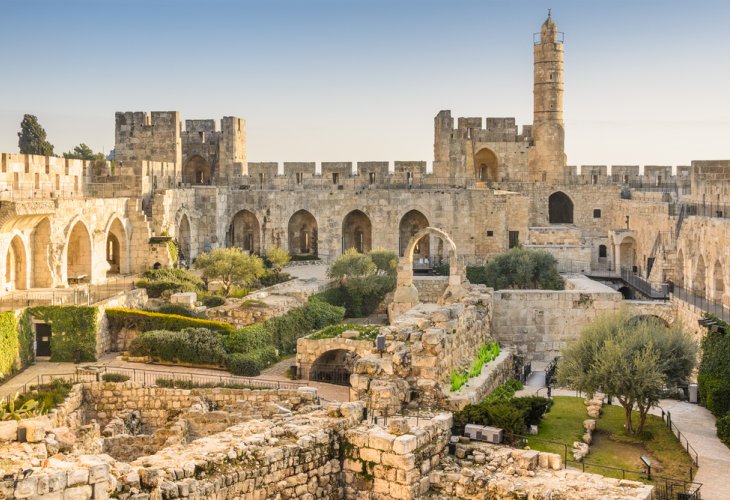Ancient Curse Revealed: A 3,500-Year-Old Discovery in Jerusalem's City of David
An inscribed stone tablet from 3,500 years ago has been uncovered in the City of David, revealing tensions in ancient Jerusalem before the First Temple's destruction.
 City of David (Photo: shutterstock)
City of David (Photo: shutterstock)Amidst the period of mourning for the destruction of the Temple, a new testament to the deep-seated conflicts in Jerusalem before the Temple's fall has surfaced: an ancient stone tablet, approximately 3,500 years old, was recently discovered in the City of David. This artifact features the oldest inscription ever found. The findings disclose that the inscribed words include 'cursed', 'dead', and 'you will die'. At the center of the tablet is the person targeted by this curse: the city's ruler of Jerusalem.
Researchers were astonished to find that although the edges of the rectangular stone tablet are only partially intact, the inscription in the center is complete and excellently preserved.
The discovery occurred during archaeological excavations near the Gihon Spring in the City of David National Park in Jerusalem. The stone tablet measures 26.7 cm in width and 20.8 cm in length. The central inscription consists of 20 words and 63 letters.
Deciphering the text reveals a conflict from that era involving the city's ruler and other officials in Jerusalem. The dispute may have been economic in nature, with the curse crafted by his rivals. The word 'cursed' appears seven times in the text, the phrase 'you will die' six times, and the title 'ruler of the city' once.
The inscription was deciphered by Prof. Gershon Galil, head of the Institute for Biblical and Ancient History Research and the Department of Jewish History and Bible Studies at the University of Haifa. Prof. Galil explained that "the new inscription indicates that Jerusalem was not only a fortified and strong city but also a major cultural center."
Eli Shukron, the director of the archaeological excavation that uncovered the inscription, noted: "This is an important finding as it helps date developments at the Gihon Spring to the Middle Bronze Age. Other artifacts from the area suggest that the massive fortifications by the Gihon endured continuously until the 8th century BCE, demonstrating the strength and resilience of Canaanite Jerusalem, as well as Jerusalem, the capital of the Israelite empire during the time of David and Solomon, which was a fortified city with walls preserved up to eight meters tall and 3.5 meters wide."

